Emerging Threats
Top 5 Diseases During SHTF
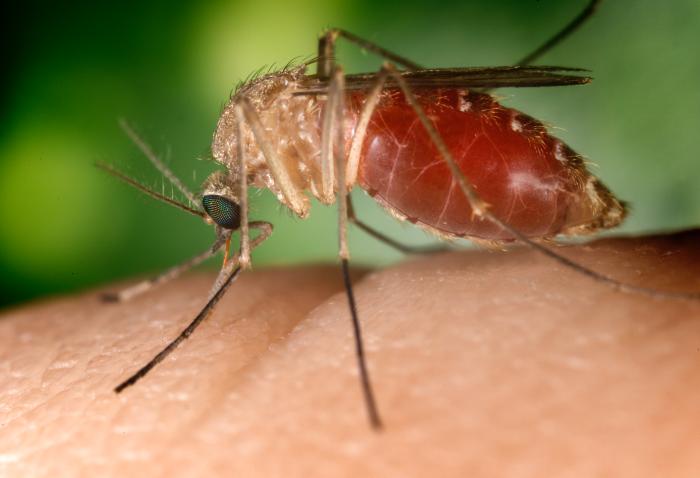
In a SHTF situation, often the biggest killer is disease. While the disaster itself, such as a hurricane or earthquake, will have a high death toll at first, in the long run disease is a bigger problem.
When our modern methods of sanitation and medicine are no longer available, infectious disease spreads quickly.
SHTF Diseases To Watch Out For
Do you know which diseases are most likely to spread when SHTF? Do you know their symptoms and how to treat them? Watch this video to learn about the top five diseases during SHTF.
After SHTF, sanitation will no longer be maintained. You cannot count on the utility companies to be around and provide all the services that you’re used to. If you have prepared for The Big One then you may have stored a considerable volume of water at home or in your bug out location. Be prepared to defend or protect your water source because water is going to become scarce. An effect of the shortage of water is the lack of sanitation. In turn, diseases will arise, and this is a scenario you should prepare for.
It is clear that when a disaster takes place, health problems grow in number like a snowball. The situation can only get worse and the only thing you can do is rely on what you have stocked up on such as your first aid kit, antibiotics, food supplements and maintenance medication.
When it is confirmed that some kind of pandemic has taken over your area and you and your family are still in good health, avoid getting in contact with other people to ensure you will not be infected. In the aftermath of any SHTF scenario, it would not be realistic anymore to rely on hospitals and medical services.
Here is a breakdown of 5 common diseases and how you can prepare for them:
1. Tuberculosis
The main contributing factors in contracting TB are low body weight and Vitamin D deficiency. Other factors include living in cramped conditions and poor ventilation.
Signs of TB are dry cough at night, coughing up blood, weight loss and fatigue.
To avoid contracting the disease, you need to get enough calories and nutrients, take Vitamin D, and expose yourself to the sun at least 30 minutes a day, especially in winter.
2. Typhoid
This is a digestive disease characterized by high fever, rashes and aches, especially stomach pain. In order to keep the disease-causing bacteria away, do your best to keep food and water clean. Filter your water if possible. If you need to efficiently and effectively filter water on the go check out the Aquastiq.
3. Cholera
Just like typhoid fever, cholera is a digestive disease. Symptoms include watery stools and dehydration. It’s a waterborne disease and it can be spread through food.
The worst case is when you eat food that’s contaminated with the bacteria from a person who is already sick from cholera.
A few ways for us preppers to stop the spread of cholera is to drink only clean water and to filter your drinking water.
The usual treatment is Cipro or doxycycline.
4. Amoebic Dysentery
Also a digestive disease, dysentery is identified by blood and mucus in the stool, dehydration, and abdominal cramps and pain.
If you or any loved one is afflicted, you can take metronidazole or fish antibiotics.
The best way to fight dysentery is through water treatment or filtration.
5. Respiratory Infections
A respiratory infection can be deadly. These diseases spread very fast in SHTF scenarios mainly because of their airborne nature. Children get easily infected and they spread the infection at home.
Just like tuberculosis, it is essential to get lots of sun exposure or take Vitamin D. Mucinex is the recommended medicine.
From these diseases, you can see clearly how important it is to practice hygiene and cleanliness, even in disaster or SHTF situations.
- Try to wash your hands as often as you can.
- If there is no soap or water, use a hand sanitizer (with at least 60% alcohol).
- Avoid touching your eyes, nose, or mouth. If you really have to, see to it that your hands are clean.
- Avoid close contact with people who are sick.
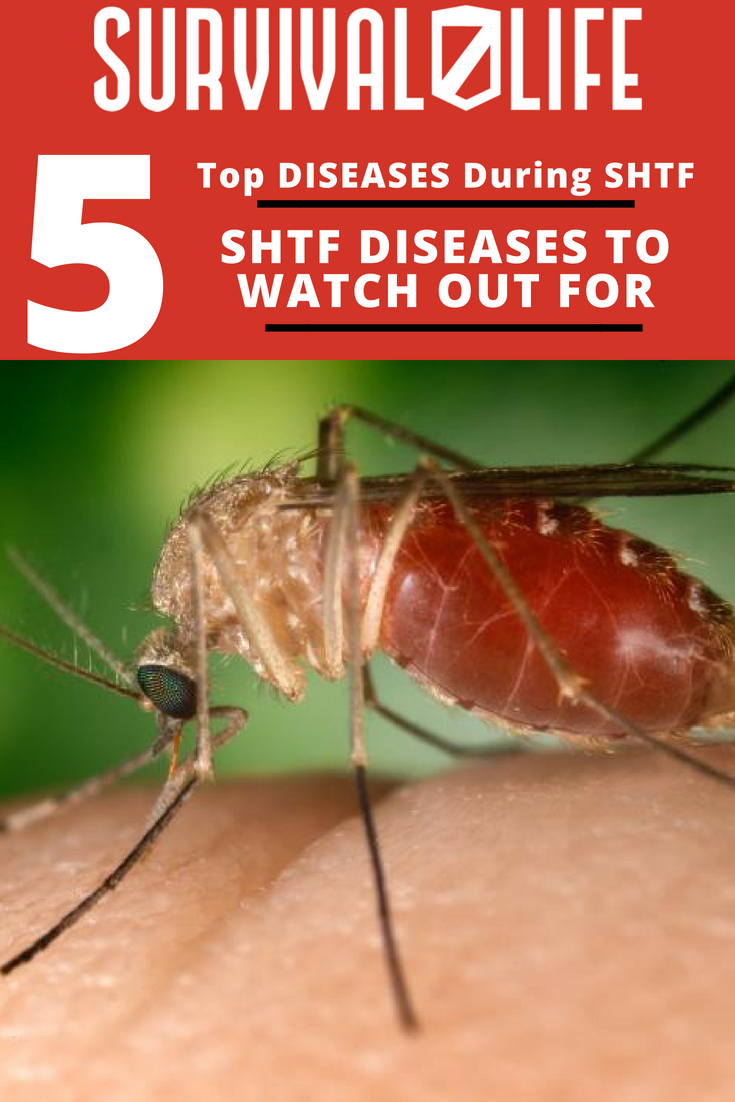
To learn more about preventing disease when SHTF, check out the articles below:
Zika Virus: What You Need to Know
Norovirus: Enough to Make Your Stomach Turn
13 Home Remedies That Actually Work
-

 Do It Yourself7 months ago
Do It Yourself7 months agoParacord Projects | 36 Cool Paracord Ideas For Your Paracord Survival Projects
-

 Do It Yourself9 months ago
Do It Yourself9 months agoHow To Make Paracord Survival Bracelets | DIY Survival Prepping
-

 Do It Yourself9 months ago
Do It Yourself9 months ago21 Home Remedies For Toothache Pain Relief
-

 Do It Yourself10 months ago
Do It Yourself10 months agoSurvival DIY: How To Melt Aluminum Cans For Casting
-

 Exports8 months ago
Exports8 months agoAre Switchblades Legal? Knife Laws By State

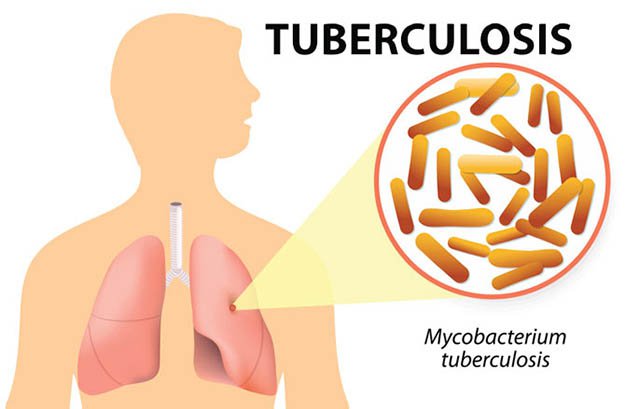
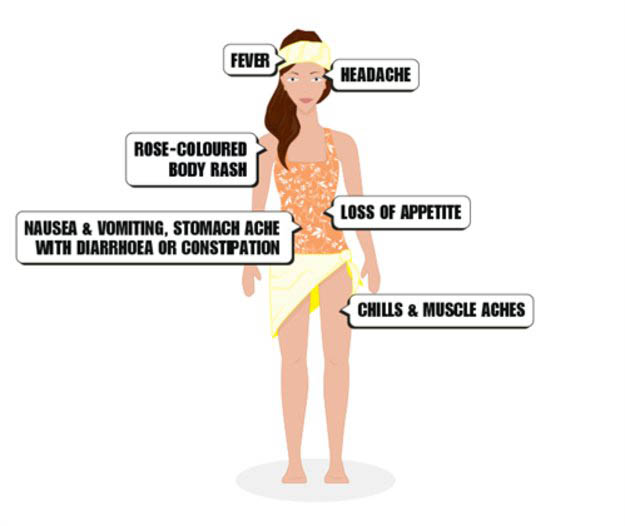
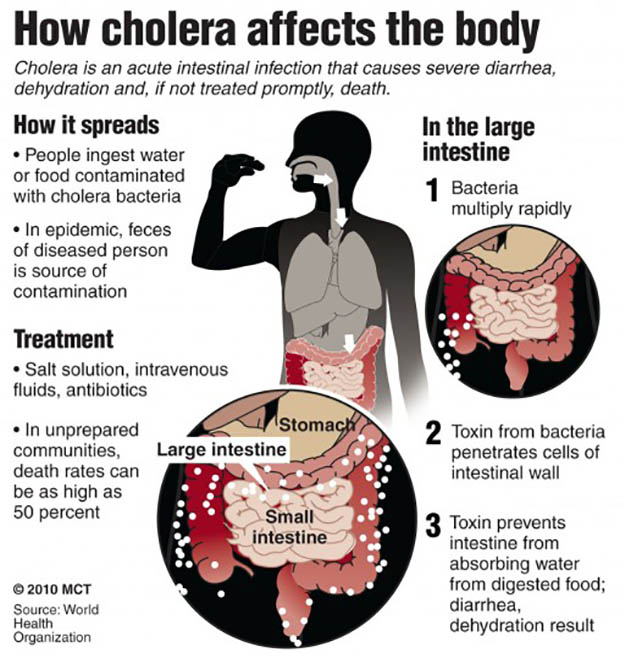
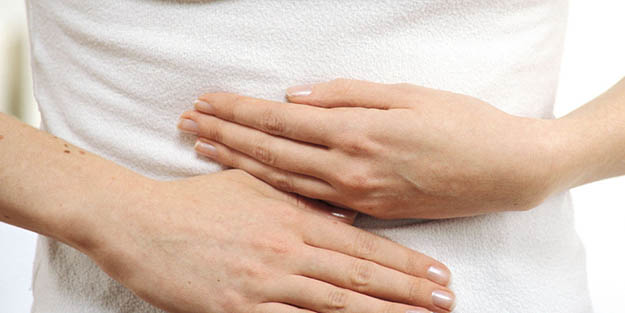
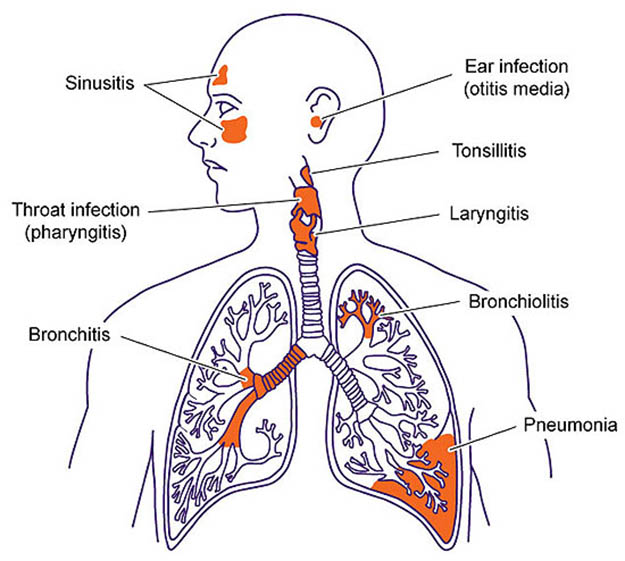

Mary Messenger
September 13, 2016 at 12:45 PM
How long will injectable antibiotics(penicillin or amoxicillin) be “good” to use before being useless?
Pingback: Shelter in Place | How to Stay Safe in a Pandemic | Survival Life
Pingback: 4 Human Diseases Caused By Chickens | Primitive technology
Pingback: 4 Human Diseases Caused By Chickens - Survival Patch
Pingback: 9 Steps To Make Your Home Impenetrable – Alive After USA Fall